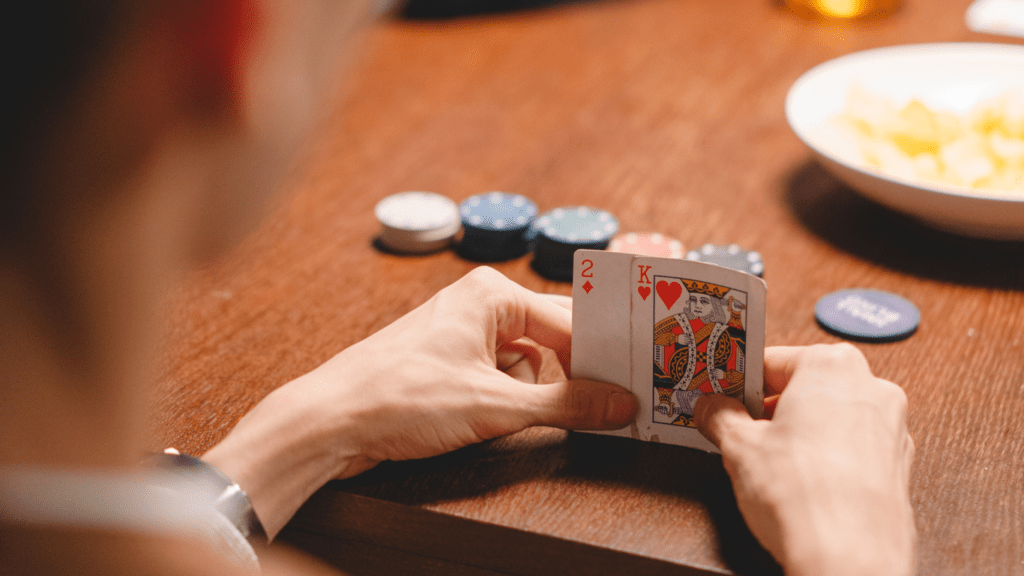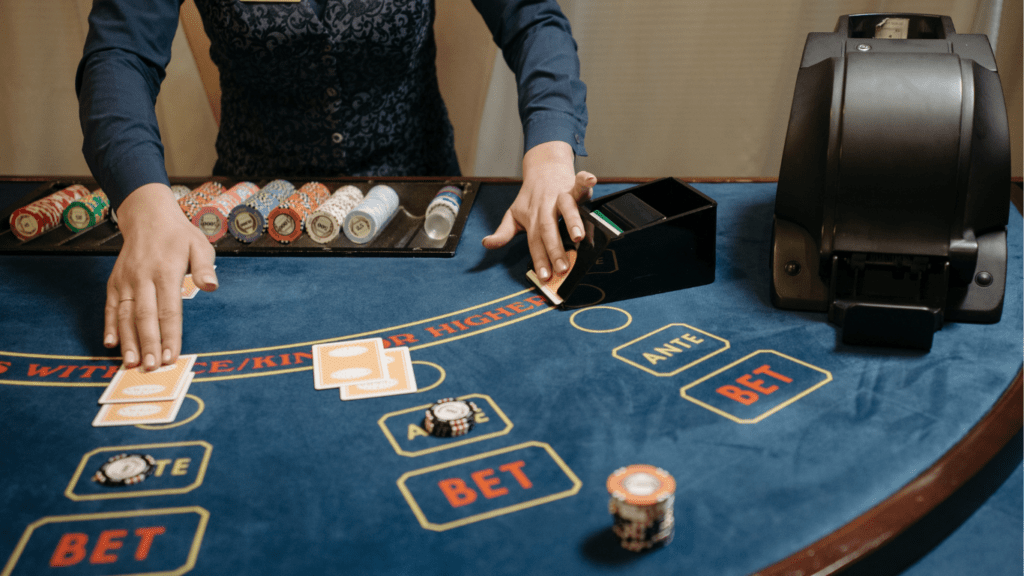Understanding Side Bets in Blackjack
Side bets in blackjack offer an opportunity to diversify gameplay by placing additional wagers with different outcomes than the main blackjack hand. While intriguing, they often involve higher risk.
Common Types of Side Bets
- Perfect Pairs: This side bet rewards players when the first two cards form a pair. The payout varies based on the types of pairs, such as mixed, colored, or perfect pairs.
- 21+3: Combines the player’s first two cards with the dealer’s upcard to form a poker hand. Winning combinations like straights or flushes yield varying payouts.
- Insurance: Offers a payout if the dealer reveals a blackjack after showing an ace. Despite appearing protective, the odds are typically not in the player’s favor.
How Side Bets Differ from Main Bets

Main bets in blackjack revolve around outscoring the dealer without exceeding 21. Side bets, however, focus on specific card combinations or outcomes, independent of the main hand’s result. These bets often feature higher house edges due to their inherent uncertainty, adding an extra layer of thrill.
Pros and Cons of Side Bets
Side bets in blackjack offer unique opportunities and challenges. Players often enjoy the added excitement, but understanding the pros and cons is crucial for making informed decisions.
Advantages of Side Bets
Side bets can boost excitement in blackjack by providing alternative winning opportunities. They allow creative wagering on options beyond the dealer face-off, like:
- Perfect Pairs
- 21+3
Huge payouts are possible, as side bets usually have higher potential rewards compared to standard bets. These bets add variety for experienced players seeking a change from the routine, enhancing gameplay diversity.
Disadvantages of Side Bets
While appealing, side bets generally have higher house edges, negating potential profits in the long run. Odds often don’t favor players, particularly with bets like insurance where the chances of a payout remain slim. The cost adds up quickly, with side bets often requiring additional spending per hand, impacting bankroll management. Players may also find themselves distracted from their main strategy, hindering focus on the primary goal of beating the dealer.
Analyzing the Risk Factor
Side bets in blackjack introduce an intriguing layer of risk that’s both exciting and financially consequential. Understanding the risk factor involves examining the probability and payout opportunities alongside the house edge and its impact.
Probability and Payout Opportunities
Each type of side bet carries unique probabilities and payout structures. For example, a Perfect Pairs bet offers a chance at a significant payout but comes with relatively low odds of achieving a pair with the first two cards. Similarly, the 21+3 bet might tempt players with high payouts for poker hands formed with their own cards and the dealer’s upcard, but it involves complex card combinations that reduce the likelihood of success. Calculating these odds can help players decide if the potential rewards justify the risk.
House Edge and Its Impact
Understanding the house edge is critical when evaluating side bets. Most side bets feature higher house edges than the main blackjack bet, meaning they’re statistically less favorable for players over time. For instance, while a traditional blackjack bet might have a house edge around 0.5% with optimal strategy, side bets like Perfect Pairs or 21+3 can have edges ranging from 3-7% or higher. This difference can significantly impact a player’s bankroll and overall strategy, requiring careful consideration of whether the added excitement and payout potential compensate for the increased risk.



 Founder & CEO
Williamsonn Grajedaral is the founder and driving force behind Dice Gamblers Deal, a platform dedicated to providing expert strategies, in-depth analysis, and essential updates on blackjack, card games, slot machines, and roulette. With over a decade of experience in the gambling industry, Williamsonn’s passion for gaming and his keen understanding of table game mechanics led him to create a space where players could not only learn but thrive in the world of casino games. As the founder, he sets the tone for the company, shaping its mission to provide players with the knowledge they need to make strategic decisions and increase their odds of winning. Under his leadership, Dice Gamblers Deal has grown into a trusted resource for both novice and experienced players, offering expert tips, comprehensive guides, and the latest gambling trends. Williamsonn’s dedication to the community ensures that Dice Gamblers Deal remains at the forefront of the gaming world.
Founder & CEO
Williamsonn Grajedaral is the founder and driving force behind Dice Gamblers Deal, a platform dedicated to providing expert strategies, in-depth analysis, and essential updates on blackjack, card games, slot machines, and roulette. With over a decade of experience in the gambling industry, Williamsonn’s passion for gaming and his keen understanding of table game mechanics led him to create a space where players could not only learn but thrive in the world of casino games. As the founder, he sets the tone for the company, shaping its mission to provide players with the knowledge they need to make strategic decisions and increase their odds of winning. Under his leadership, Dice Gamblers Deal has grown into a trusted resource for both novice and experienced players, offering expert tips, comprehensive guides, and the latest gambling trends. Williamsonn’s dedication to the community ensures that Dice Gamblers Deal remains at the forefront of the gaming world.